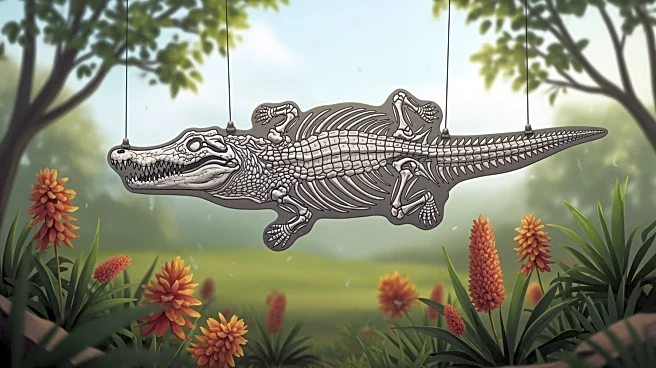What's Happening?
Researchers have extracted the oldest known RNA from a woolly mammoth named Yuka, which was preserved in Siberian permafrost for nearly 40,000 years. This breakthrough provides a window into gene activity at the time of the mammoth's death, offering insights
into muscle metabolism and stress responses. The study, conducted by Love Dalén and colleagues, utilized advanced techniques to retrieve and analyze the RNA, revealing new forms of microRNA not found in modern elephants. This discovery challenges previous beliefs about RNA's stability and opens new possibilities for understanding ancient life.
Why It's Important?
The successful extraction of ancient RNA represents a significant advancement in paleogenetics, potentially transforming our understanding of extinct species. This research could aid in de-extinction efforts and provide insights into the genetic traits of woolly mammoths, informing conservation strategies for modern species. Additionally, the study highlights the potential for RNA analysis to uncover the evolutionary history of RNA viruses, offering valuable information for virology and public health. By expanding the scope of genetic research, scientists can gain a deeper understanding of the biological world and its history.
What's Next?
Researchers plan to continue refining RNA extraction techniques and explore their applications in studying other ancient organisms. This ongoing research may lead to new discoveries about the biology and evolution of extinct species, potentially influencing conservation efforts and genetic engineering. The study also paves the way for future investigations into ancient RNA viruses, which could provide insights into their evolution and impact on past populations.













